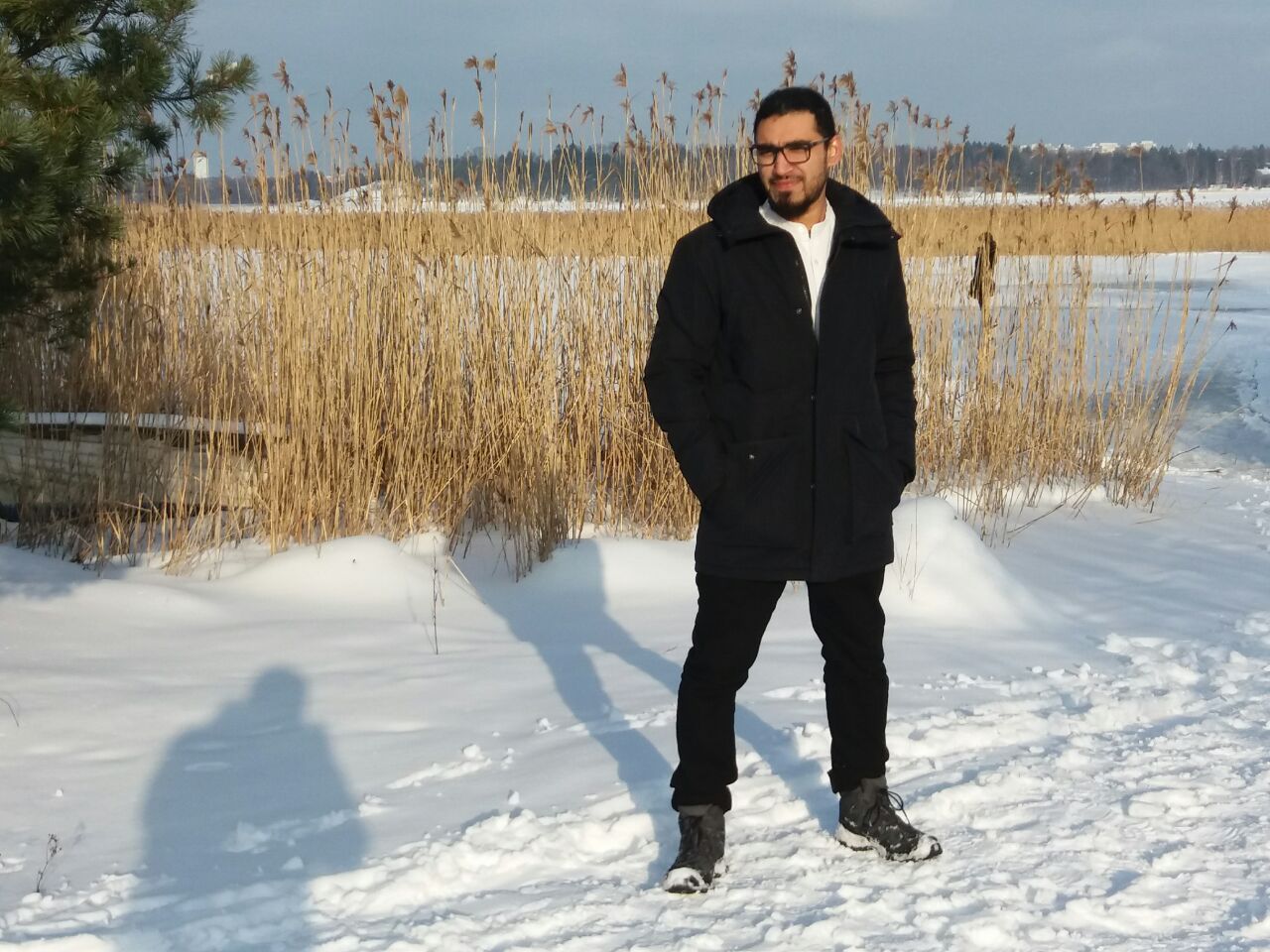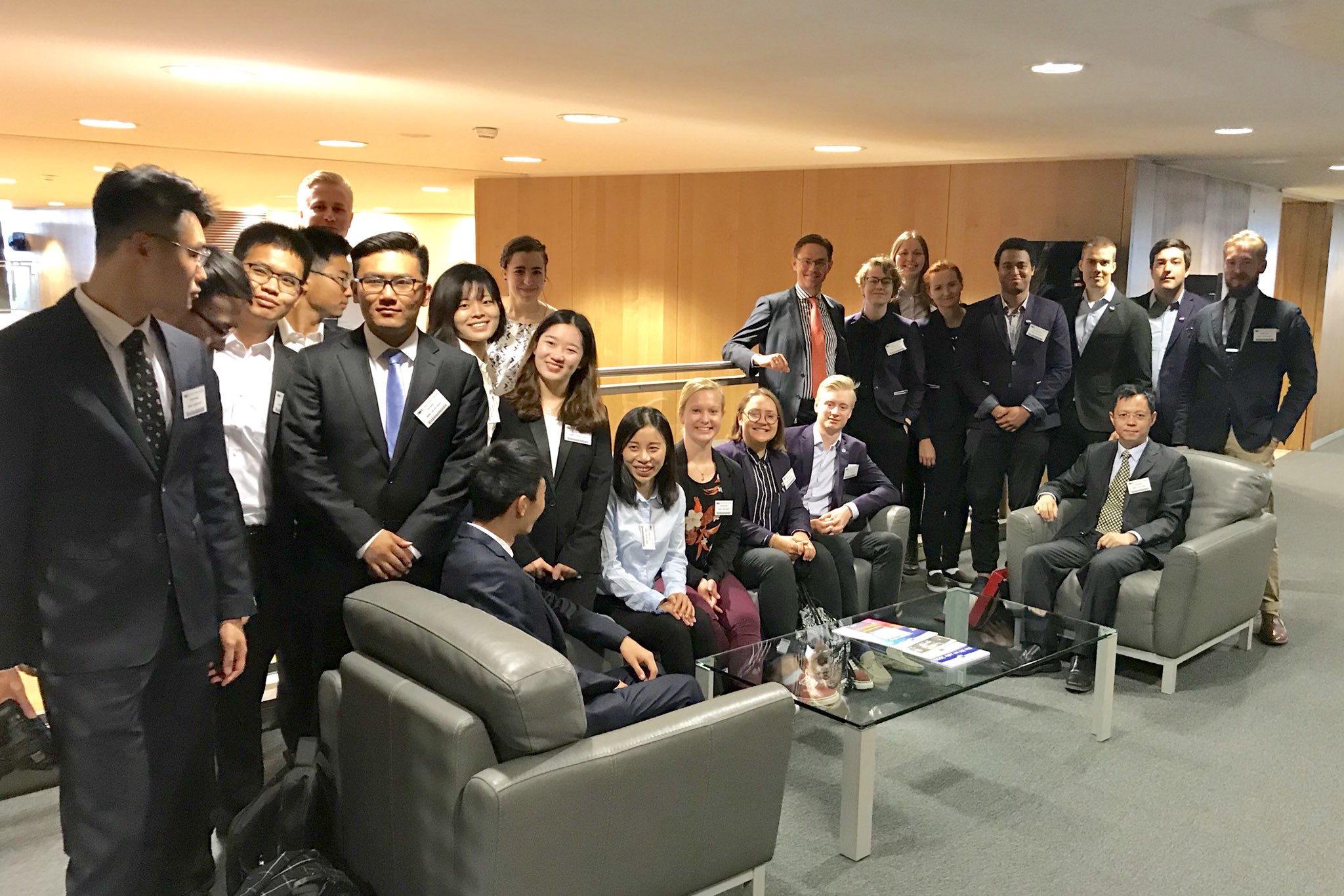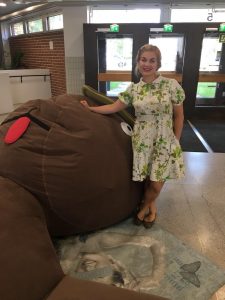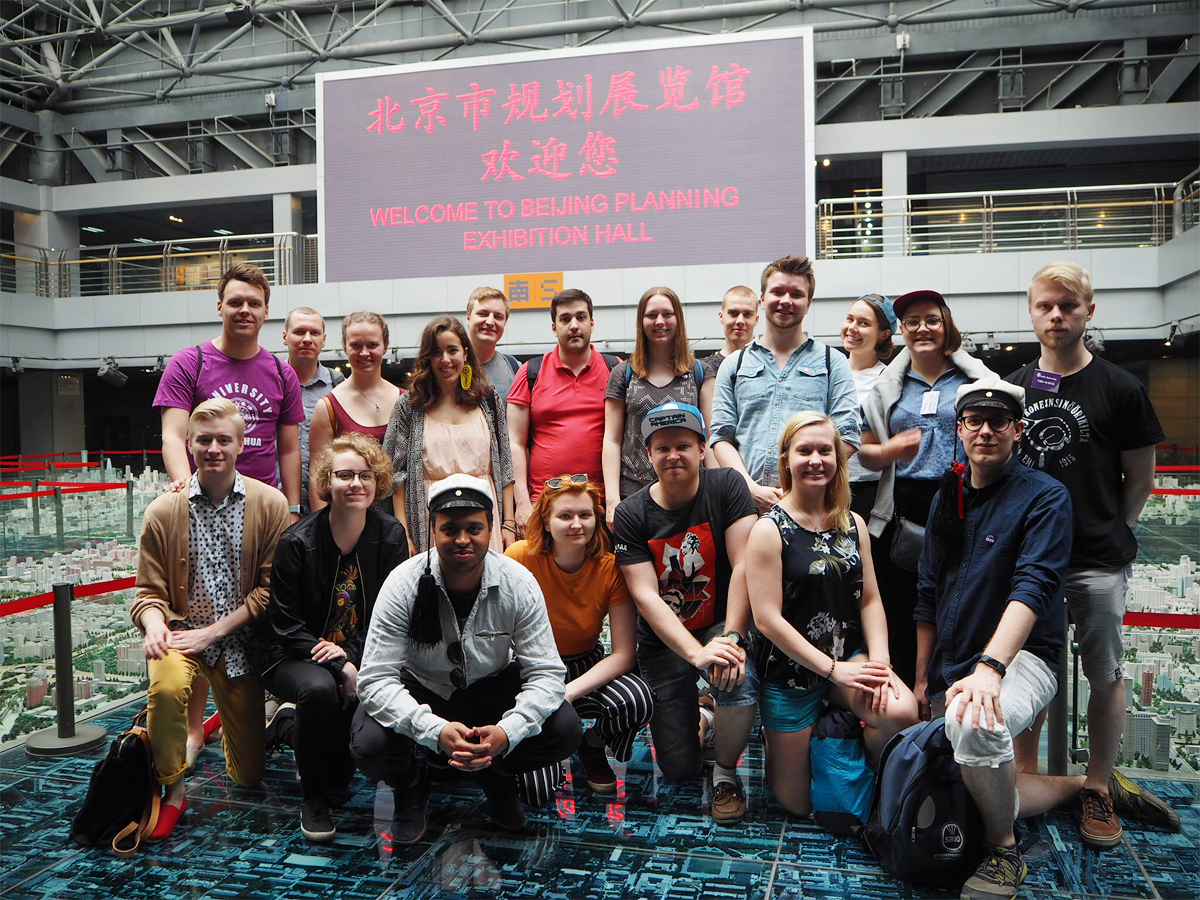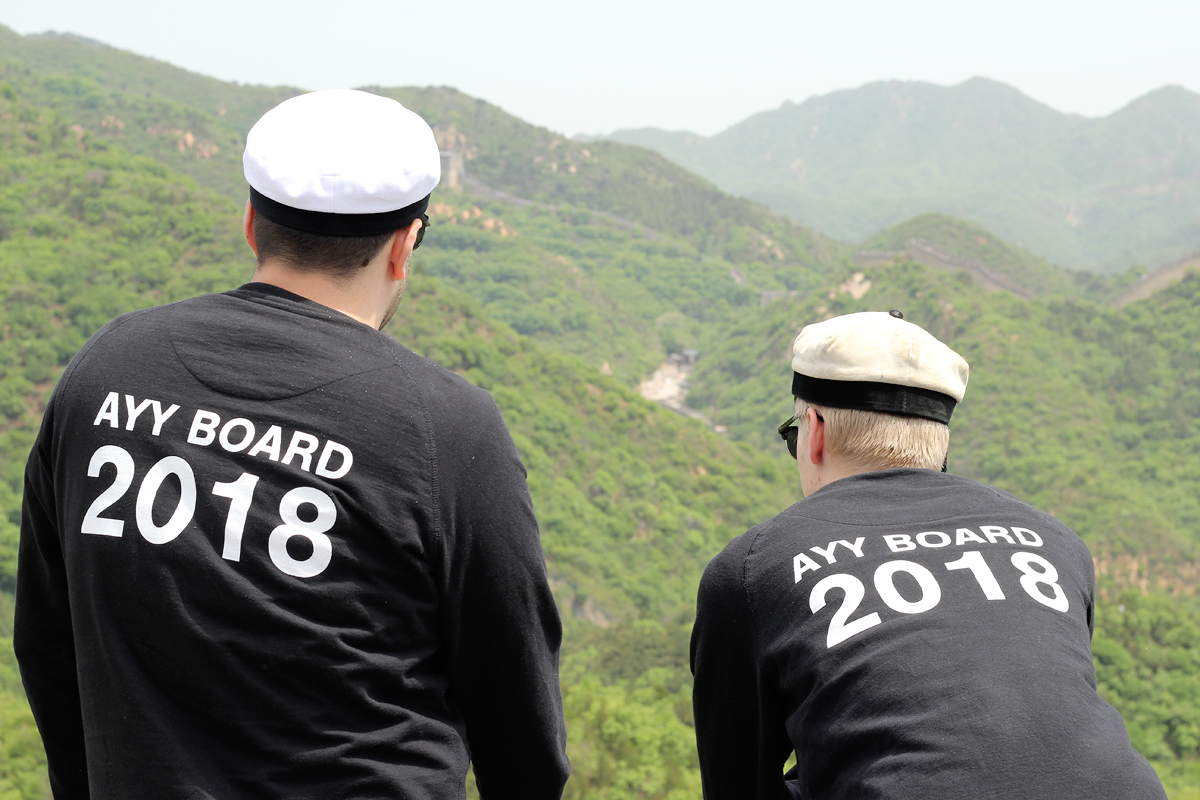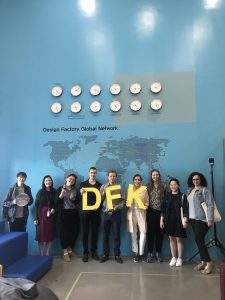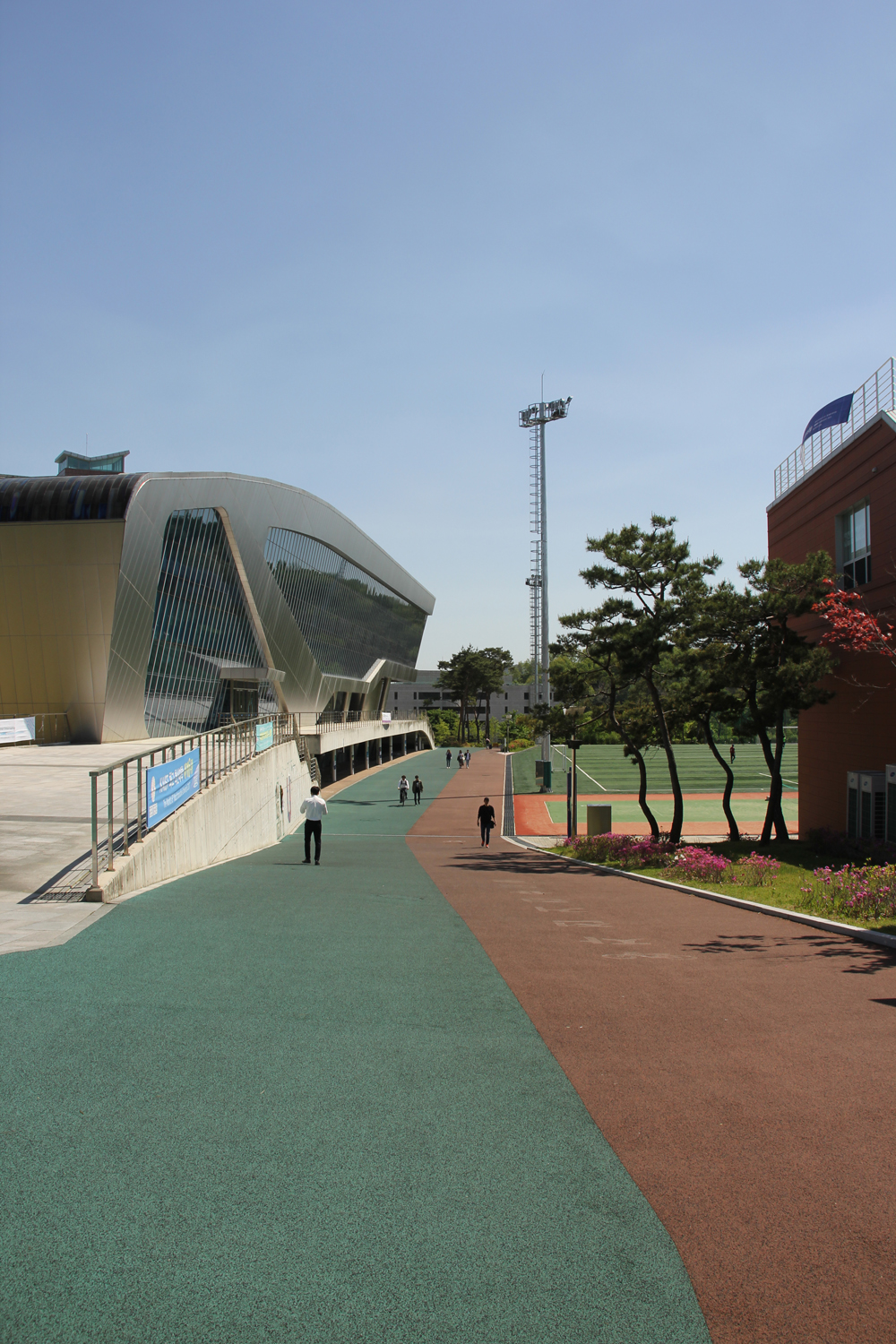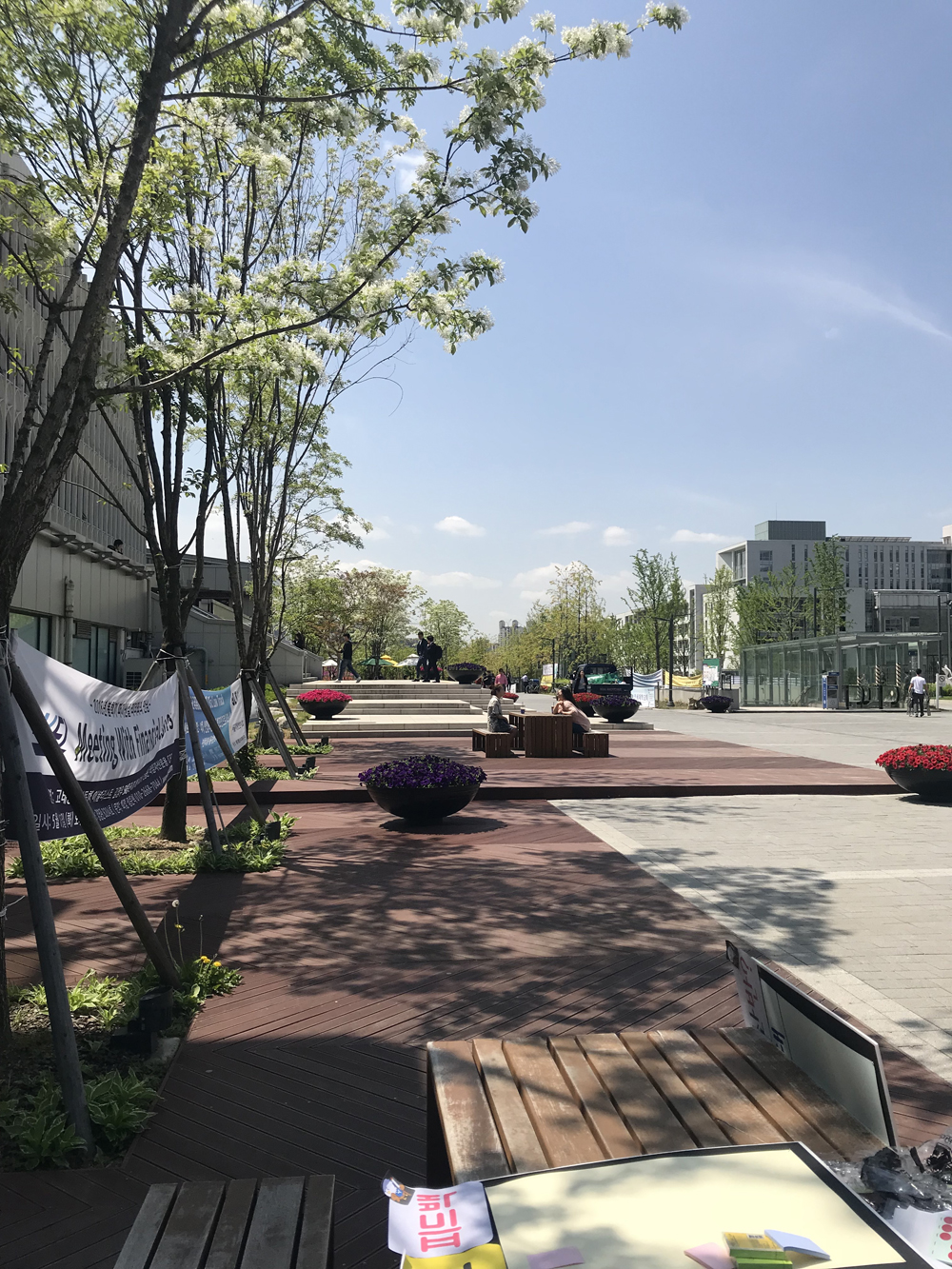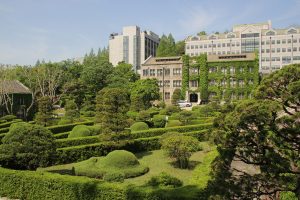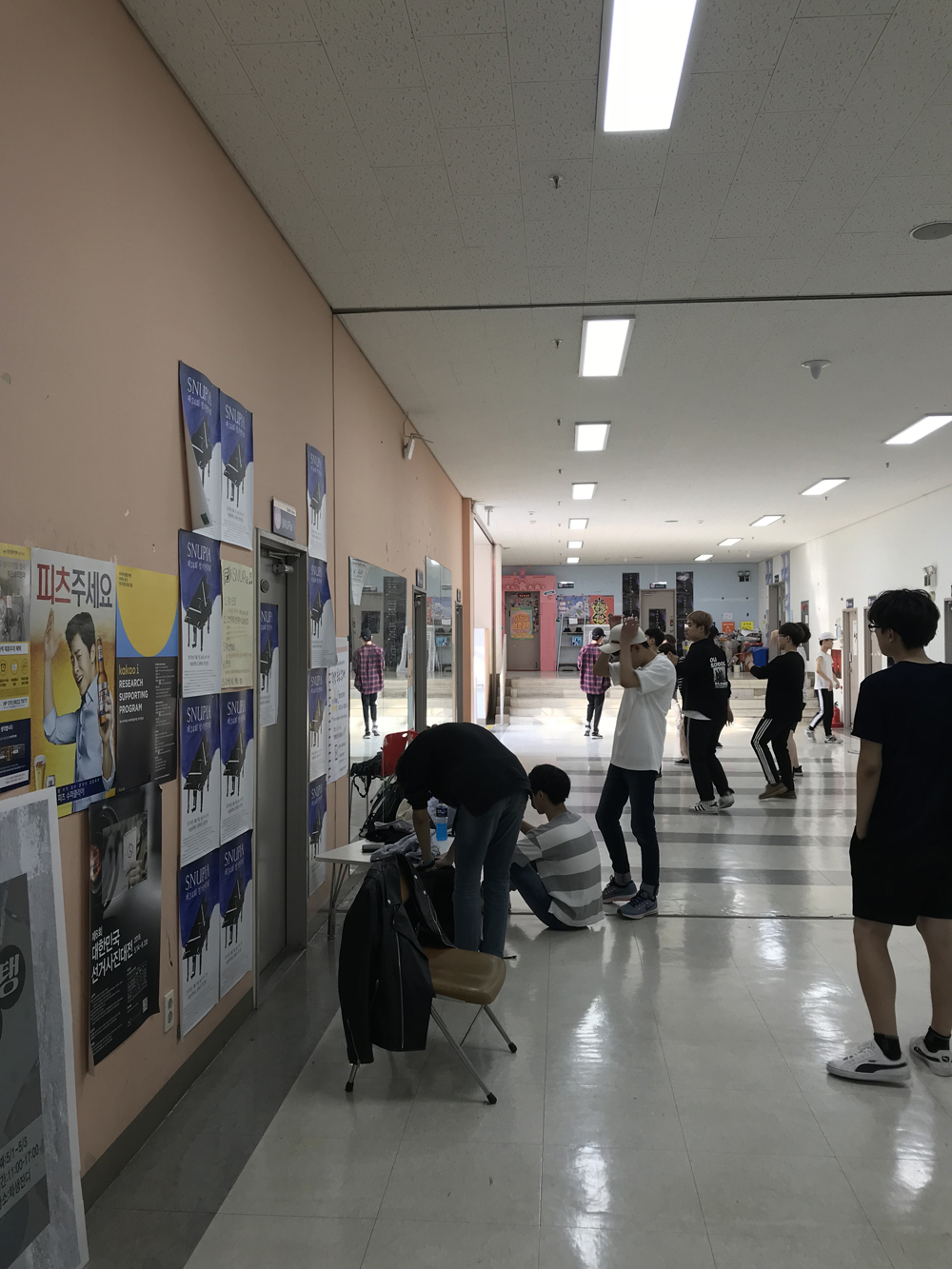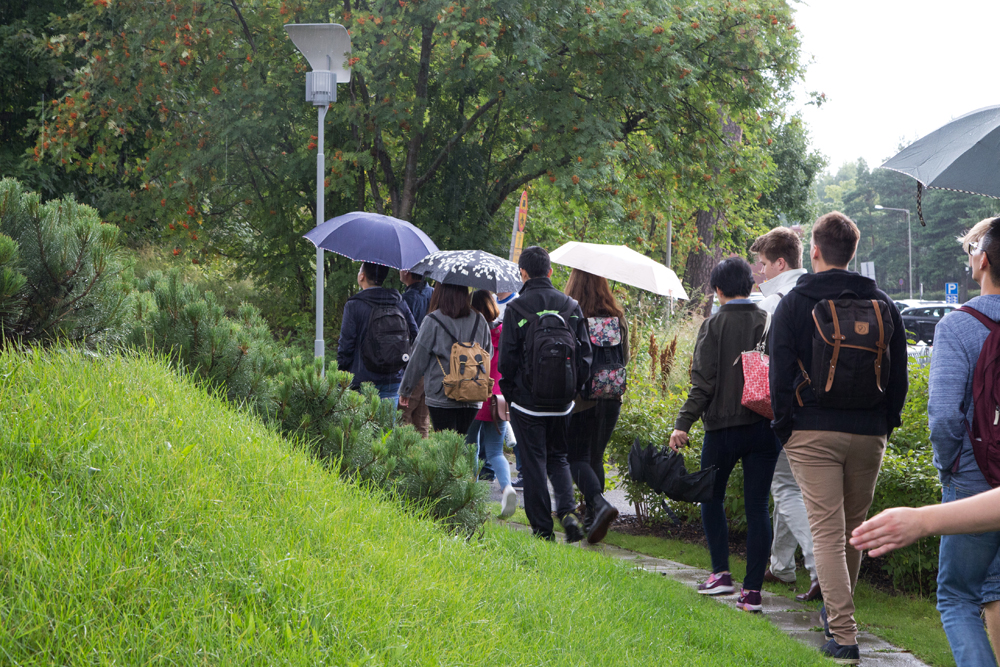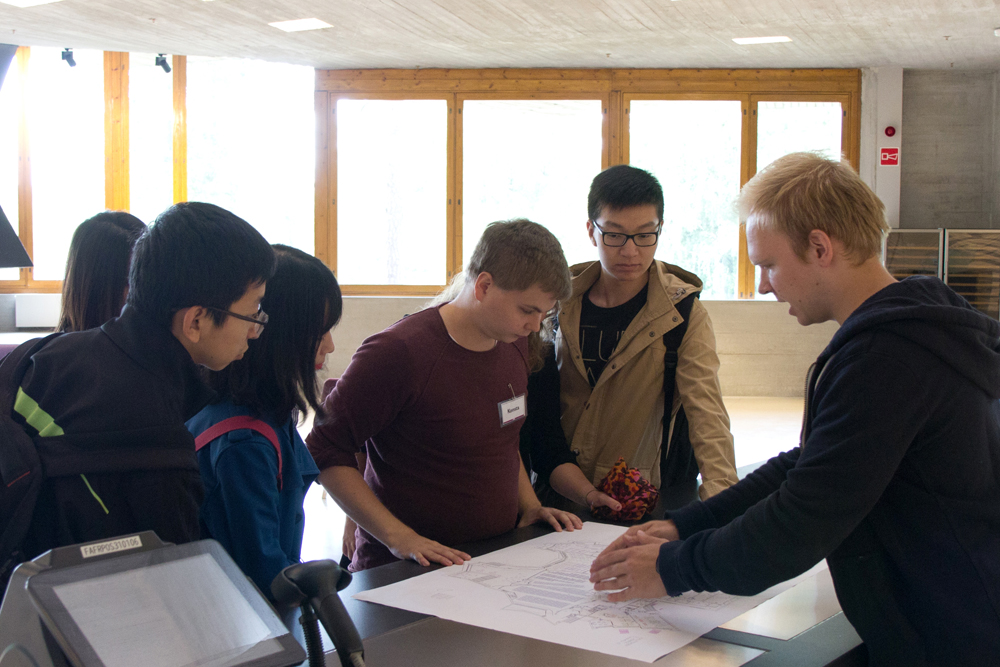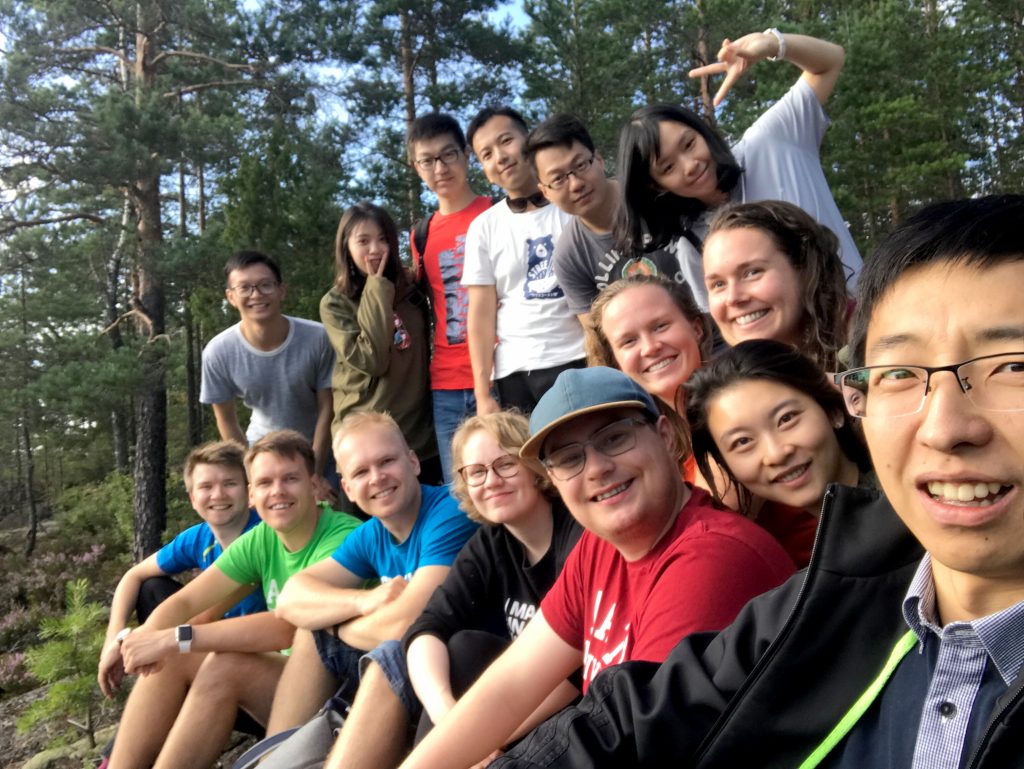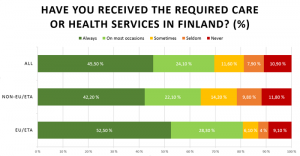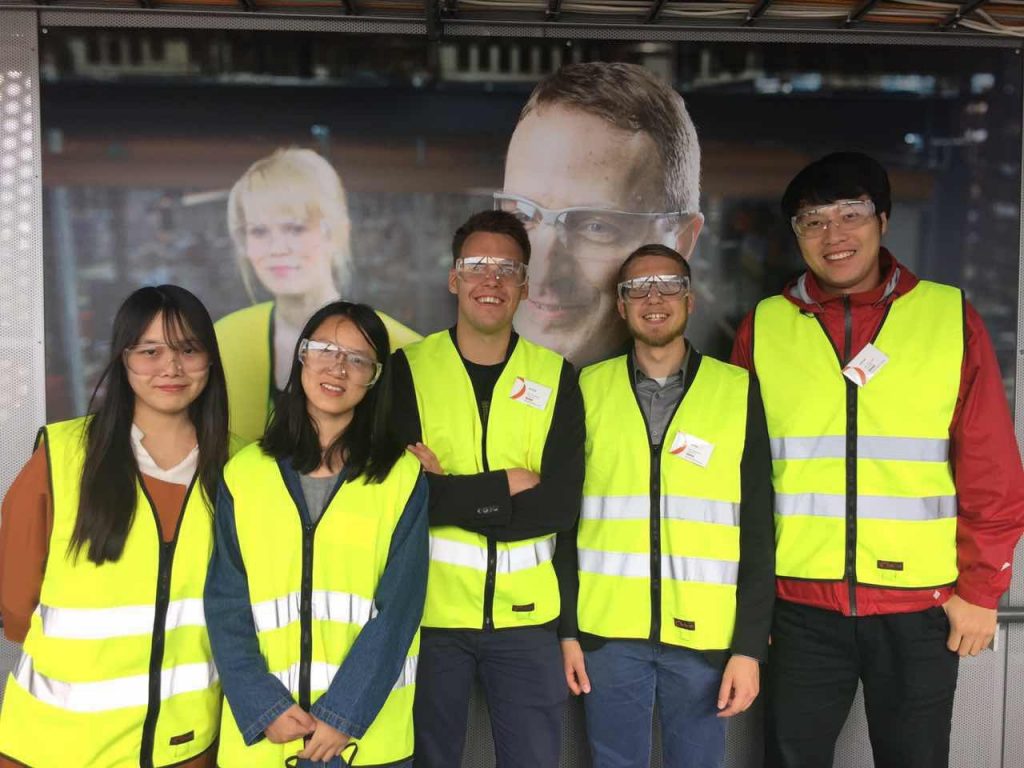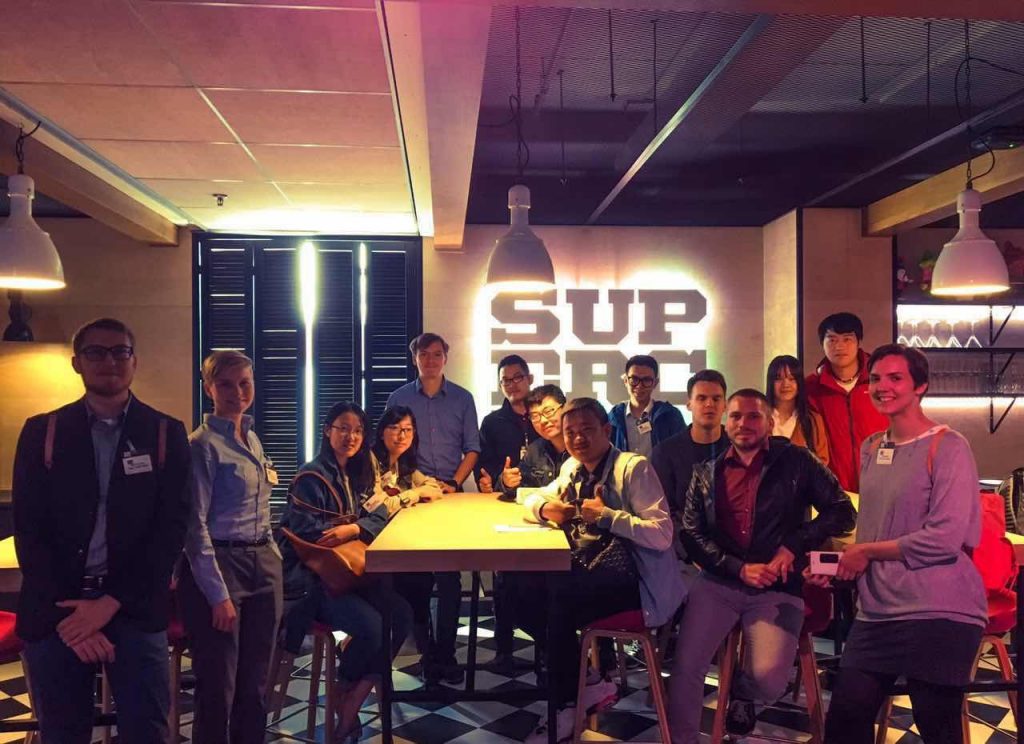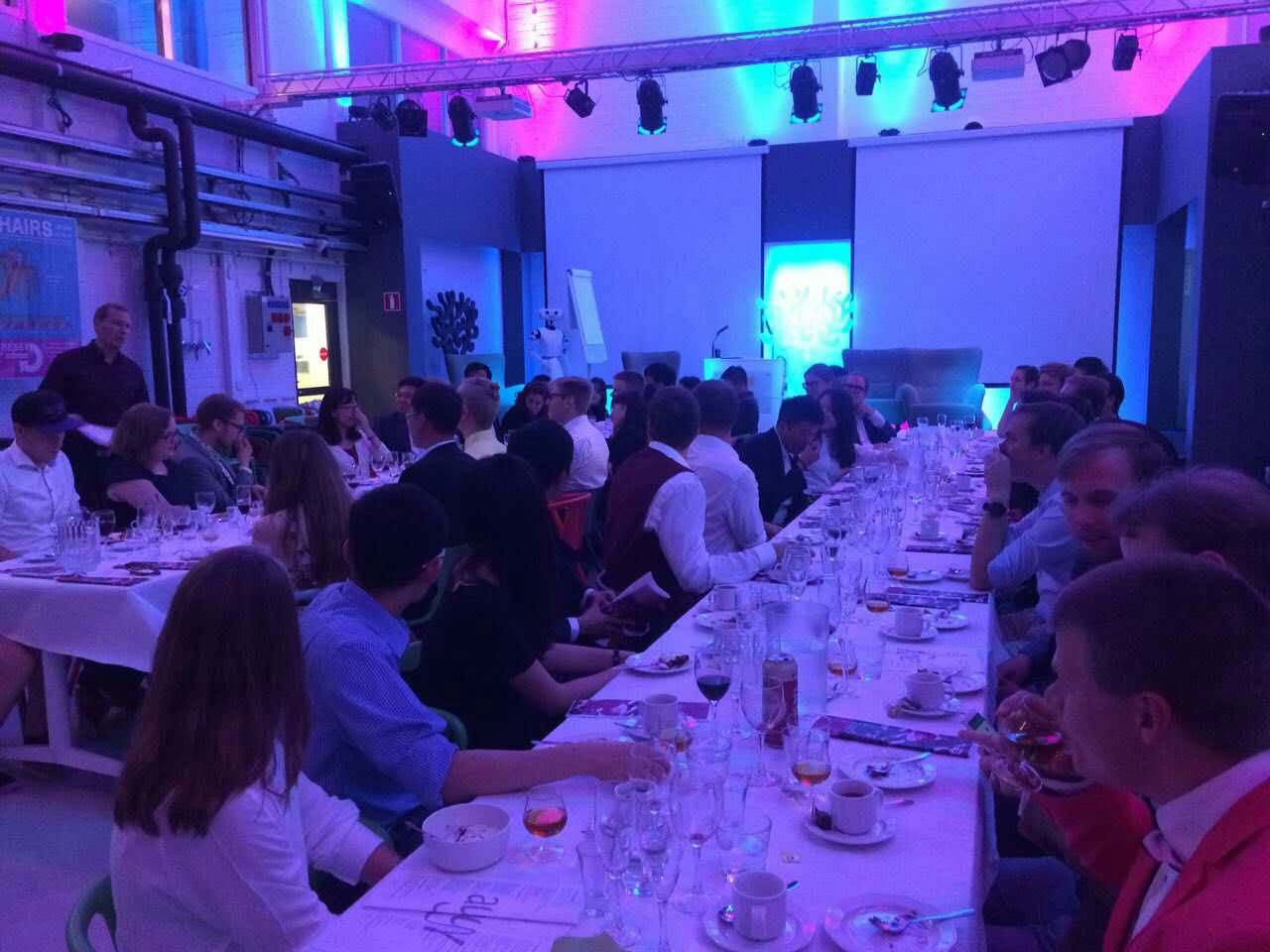Author: Kamil Marwat, Master student at Aalto University
I finished my bachelor studies in 2016 and thus my hunt for master’s degree begun. After going through several programs and universities, the master’s program at Aalto University had caught my attention the most. Finland’s excellent education reputation, her much celebrated boom in IT field and the job opportunities, Aalto University ranking — it’s one way to know, when you know nothing about a university, were all the right indicators to persuade me to choose Finland as my destination for not only next two years, but a place I would be able to call home.
I did not allow the cold, the dark and the loneliness that Finland is otherwise known for come in my way. It was an exciting idea to go to a completely new place which offers one such complete new experience.
It was year 2017 — the unlucky year when Finland had just introduced the fee for the first time for all non-EU international students, when I began my master’s studies. The concept of paying tuition fee was not new to me, even though it was a huge responsibility and a risk to be taken in the hope of better future and thus I assumed it to be a step in the right direction of my professional career development.
It is important to note that the developing countries have purchasing power of almost 3 ratio 1, meaning one can buy as a much as 3 times in my home country with the same currency in that of Finland. So despite all the enthusiasm, it was a huge amount of money that I needed to arrange. I did not only have to arrange the tuition fee, but the amount needed for my student visa approval for one year.
As I was a recipient of 50% fee waiver scholarship — scholarship? I often wonder! No fees are now called scholarships to make us feel better, but truth be told, it does not. It does not help when you know no one pays tuition fee other than you, even those who came to Finland for master studies just a year ago from the very same country. I feel like it’s just a tool to force me into completing master’s degree in 2 years and still be thankful. I had to arrange 14 220 euros for just one year, excluding the amount it takes to pay the embassy for visa processing, buying private health insurance and other costs incurred during this process.
I as a student, who just graduated with bachelor’s degree, only had my parents to look up to and my relatives to borrow loan from. Not everyone is rich enough to have this huge amount at their disposal. My parents worked their lifetime to build a house that we, me and my siblings, would eventually inherit. It was my only and last resource to pay for my tuition fee. Real estate property requires time to be sold, and I was running out of time, so for now I turned to relatives to borrow loan form with a promise to return this amount soon as our house is sold.
As I began my studies, and met more and more people, I realized how expensive it is for me to study in Finland. I did not have as much freedom to choose a course outside my study plan. Failure was not an option. I couldn’t afford taking ECTs less than 60 in the first year, less than 30 ECTs in a semester and less than 15 ECTs in one period. I had to do it at all cost, and so did I. And thus it happened at the cost of my social, mental and physical well-being. From being happy and excited, socializing and attending events during the orientation week, to restricting myself to lecture hall, the study hub and my room only. It all happened during a span of few weeks only. Having paid so much tuition fee, I felt like betraying my parents for not giving full time — all of my time, to my studies only. It was a huge responsibility. Did my friends feel as much pressure? I do not think so. With each passing month, the feeling of regret for putting so much at stake started to grow inside me.
Finland was always in the news for having an ideal education model, where students are not pressurized and yet still outperform others. It was a role model the world was to follow and learn from. Where competition was discouraged, and collaboration was encouraged. But sadly enough, my experience has been on the contrary. I was put in a tough competition against time for my money. Learning lost a meaning for me, it was all about numbers. I needed to get the right numbers on the right time in the right order.
Unsatisfied with myself, not able to find summer job, I had to fly back to my home country during my first year. It wasn’t a choice that I made happily, but forced into. Who wouldn’t want to gain experience and earn during summer, and that too in Finland? With much of what I experienced, I wasn’t sure whether it is even worth to continue my studies and pay the tuition fee for the next year.
Having set the deadline for us i.e. July 2019, I am not even sure whether I am even wanted in this country. How can I find time, as well as the motivation, to learn the Finnish language in such conditions, which in turn reduces my chances to integrate, when I will have to leave in case I don’t find a job before I graduate? And graduate I must by July 2019.
Finland does no longer seem to be a choice one could strongly enough recommend to prospective students from non-EU. But we must work together, and there is still time to change that.
